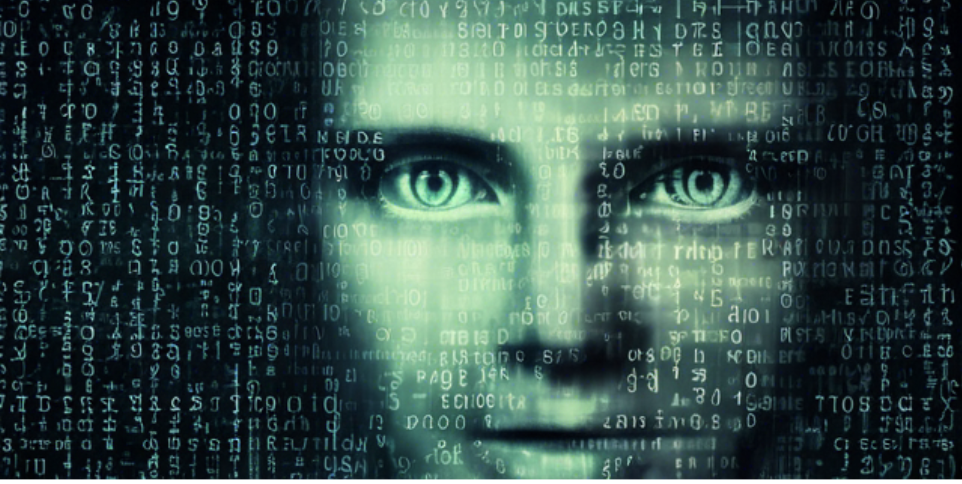In 2023, the threat landscape for identity verification systems faced a staggering 704% surge in deep fake face swap attacks, according to a recent article in SC magazine. This alarmingly increasing threat of deepfake identities sheds light on the growing sophistication of cyber threats and the urgent need for robust security measures.
Recent Deepfake Attacks Make Countermeasures Urgent!
Deep fake attacks involve using artificial intelligence to generate fake audio and video recordings and have recently proliferated due to advancements in Generative AI. Free and relatively inexpensive tools can also be easily accessed to create realistic and deceptive synthesized facial images that can bypass human verification and underdeveloped biometric solutions.
The Connection Between Deepfake Face Swaps and Deepfake Phishing
What is incredibly concerning about the increasing threat of deepfake identities through deepfake face swaps is that attackers have realized that humans have limited ability to detect deepfakes, as cited by this study published in the Journal of Cybersecurity. These cybercriminal organizations consider humans to be more susceptible to deception than computerized security systems, with iProov analysts observing certain scenarios where threat actors instruct deepfake injection attacks to fail biometric authentication to be assessed later by a human operator.
Nonetheless, recent deepfake attacks and scams have shown that human operators and digital biometric systems can be susceptible to attacks.
The exponential rise in deep fake attacks highlights the pressing need for enhanced cybersecurity measures. As cybercriminals continue to exploit advancements in AI technology, organizations must shift their focus to prioritize developing and implementing sophisticated security protocols.
Dealing With the Increasing Threat of Deepfake Identities
A comprehensive system that leverages innovation and adaptivity to the increasing threat of deepfake identities is crucial to organizations looking to safeguard against malicious threats. Advanced cyber training should include education on the latest threats and how to identify and prevent them. This training should be tailored to each organization’s needs and regularly updated to keep up with the latest trends and technologies.
An example of an essential prevention method for deep fake attacks is realistic phishing testing. These tests simulate real-world scenarios and emulate the latest techniques attackers use. Organizations can assess their employees’ ability to identify and report deepfake phishing attempts by conducting regular phishing tests and providing additional training or support as needed.
In addition to advanced cyber training and realistic deepfake phishing testing, organizations can consider implementing multi-factor authentication, biometric authentication, and other security measures to fortify the security of their ID verification systems.
The biggest problem deepfake attacks on ID verification systems and human resources is that a single loophole or error can result in massive losses. This is why deepfake face swaps and deepfake phishing are a growing threat that organizations must address. By implementing advanced cyber training, realistic phishing testing, and other essential security measures, organizations can protect against these attacks and continuously stay one step ahead of cybercriminals to ensure the integrity of their systems and data.
Read the entire article: https://www.scmagazine.com/news/deepfake-face-swap-attacks-on-id-verification-systems-up-704-in-2023

